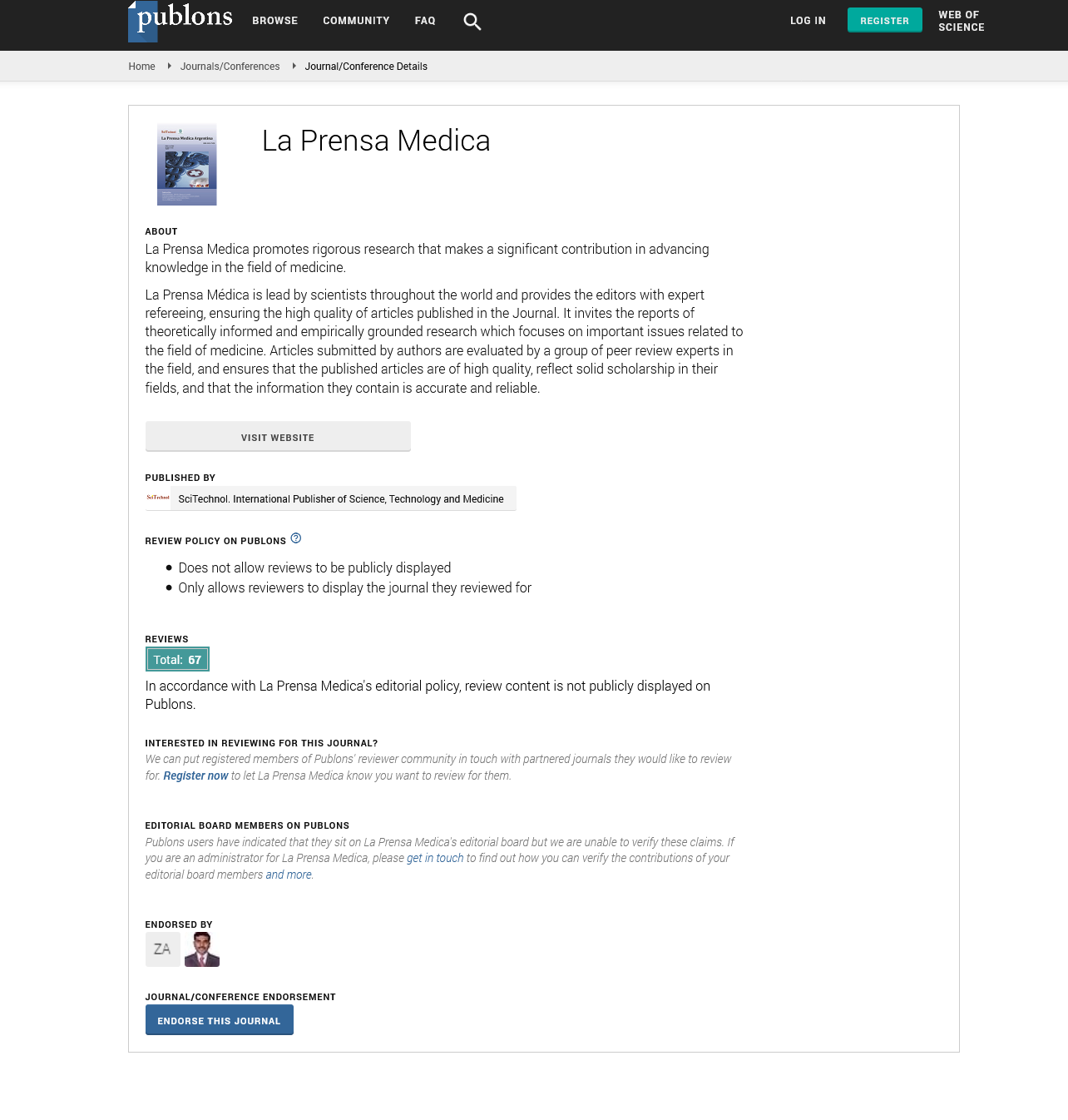Research Article, Prensa Med Argent Vol: 104 Issue: 4
A Comparative Study of Hemodynamic Status of Patients under General and Spinal Anesthesia
Abstract
Introduction: The patients should be in anesthetic state achieved through spinal or general anesthesia for surgical procedures due to stimulation of pain in this process. As each anesthetic method has its own complications and there is no specific formula for selection of anesthesia type that can be generalized to everyone, this study was a comparative examination of the hemodynamic status of patients with general and spinal anesthesia during surgeries.
Methods and materials: In this descriptive cross sectional study, 126 patients to undergo surgery under general and spinal anesthesia were examined. Systolic and diastolic blood pressure, Map, pulse and Spo2 of the patients were measured and recorded before surgery, at minutes 10 and 20 after spinal and general anesthesia; data analysis was done with SPSS v22 and using descriptive and inferential statistics.
Results: The results indicated that systolic and diastolic blood pressure decreased in both types of anesthesia with a significant difference in spinal anesthesia (P<0.0001). Pulse also reduced in both methods with a significant statistical difference in general anesthesia (P=0.006). There were statistically significant differences between two groups in the reduction of Map. Spo2 was relatively constant in general anesthesia but reduced in spinal anesthesia, with a statistically significant differences in both methods (P<0.0001).
Conclusion: The results showed that some hemodynamic indices are related to the type of anesthesia method (general or spinal).
 Spanish
Spanish  Chinese
Chinese  Russian
Russian  German
German  French
French  Japanese
Japanese  Portuguese
Portuguese  Hindi
Hindi 

